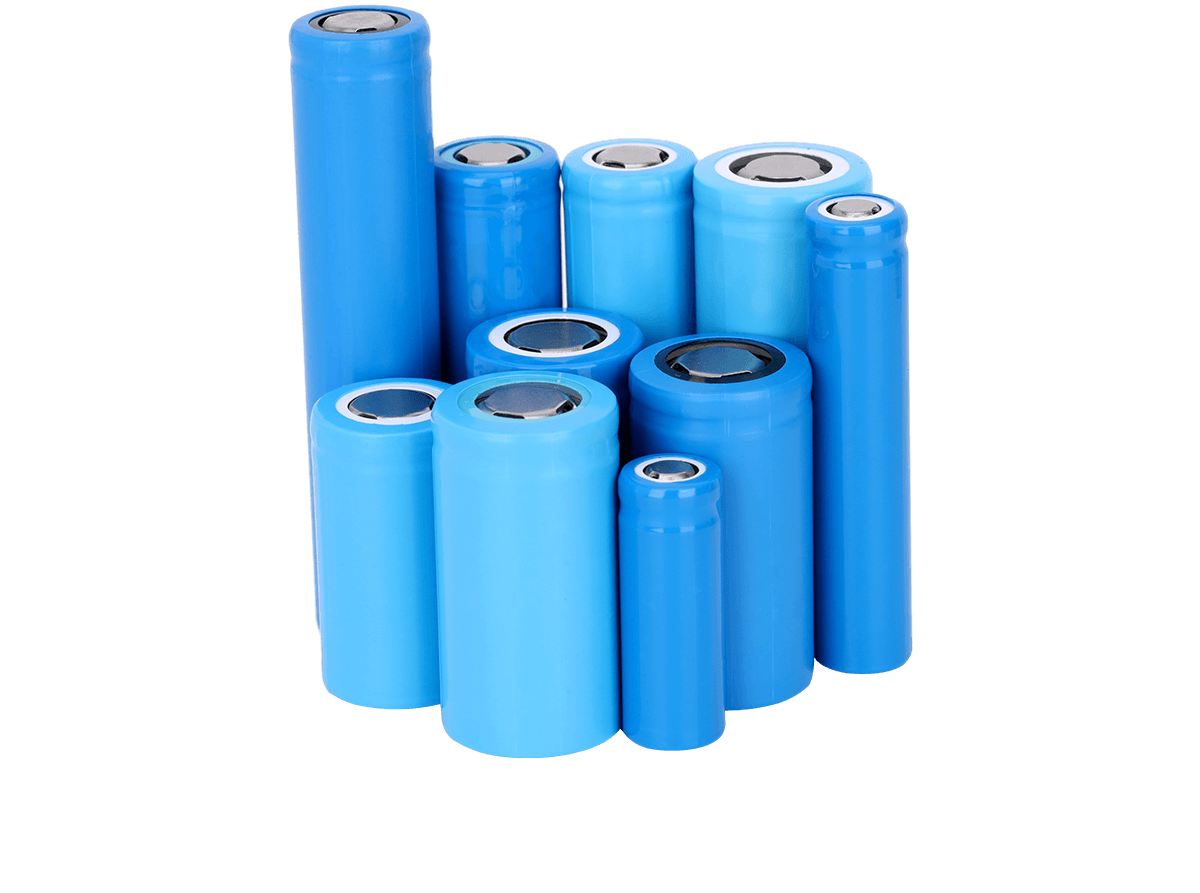Time:2024-03-12 Preview:1 source:News

The technical indicators of lithium-ion battery protection boards mainly include overcharge protection, over-discharge protection, over-current protection, short-circuit protection, temperature protection, internal resistance, power consumption, etc. These indicators ensure the safety and stability of the battery during use.
Among them, overcharge protection involves parameters such as overcharge detection voltage, overcharge detection delay time, and overcharge release voltage; overdischarge protection includes parameters such as overdischarge detection voltage, overdischarge detection delay time, and overdischarge release voltage; overcurrent protection includes overdischarge detection voltage, overdischarge detection delay time, and overdischarge release voltage. Protection involves overcurrent protection current, detection delay time and release delay time during charging and discharging; short-circuit protection mainly focuses on protection conditions, external circuit short circuit, detection delay time and protection release delay time, etc.
As for the solution to the lithium-ion battery protection board, it mainly involves the repair of common faults of the protection board. For example, when the over-discharge protection of the protective board fails, the battery may continue to discharge after the power is exhausted, thus damaging the battery. In this case, the problem can be solved by replacing the protective plate. Similarly, if the protection board fails in overcharge protection or short circuit protection, the protection board also needs to be replaced in time to ensure the safety of the battery.
In addition, for the maintenance of lithium-ion battery protection boards, you also need to pay attention to some voltage and current issues. For example, if the voltage of the lithium battery is poor or abnormal, you should first check whether the battery core is damaged, and then check whether the positive and negative poles of the protective plate are reversely connected. If there is no overcurrent protection, check whether the circuit of the overcurrent detection pin is defective, and the protection IC may need to be replaced.
Related suggestion:
Safety issues and improvement technologies of lithium-ion batteries